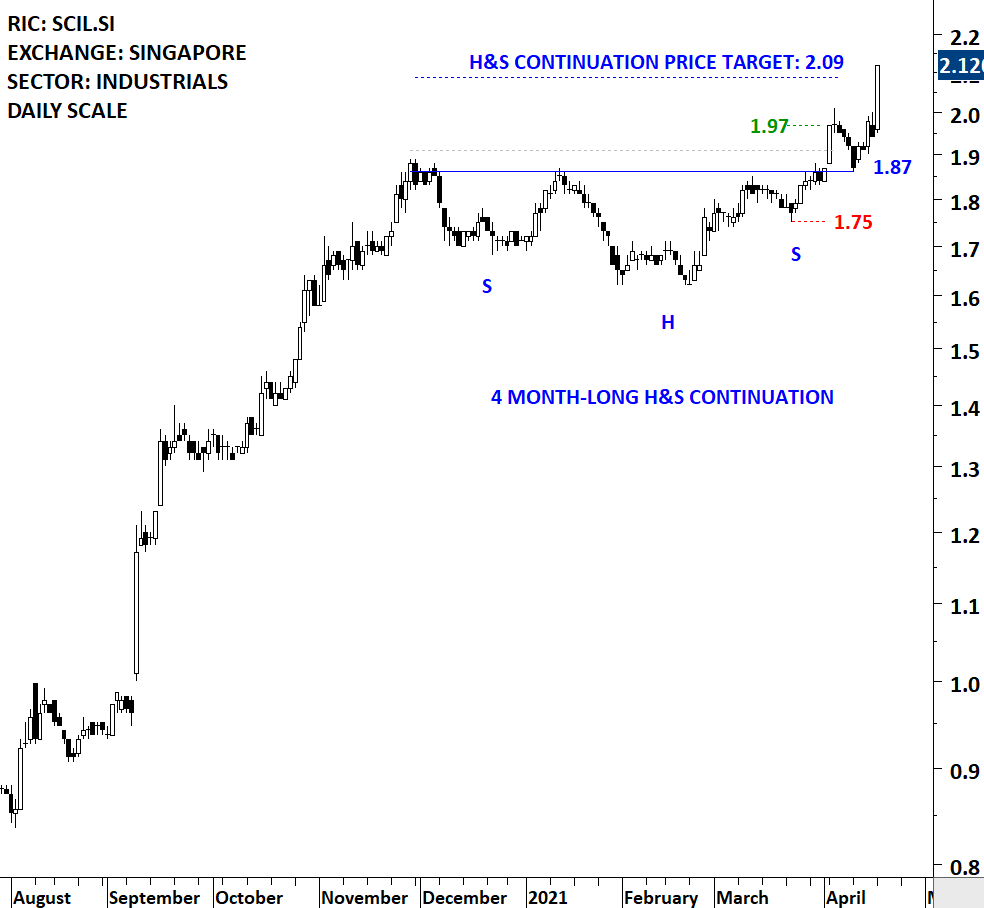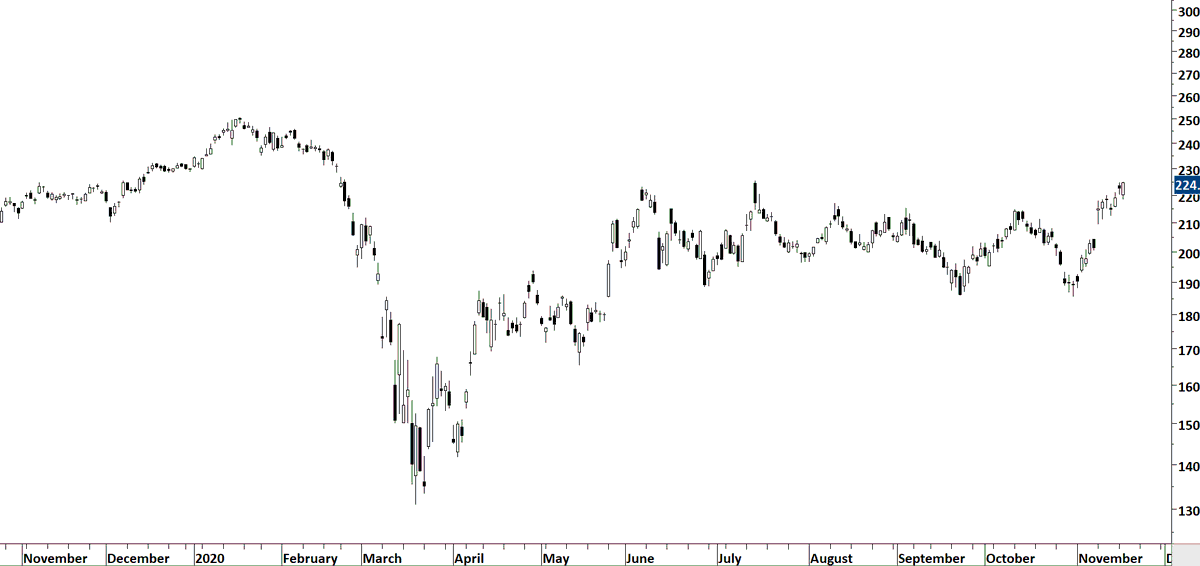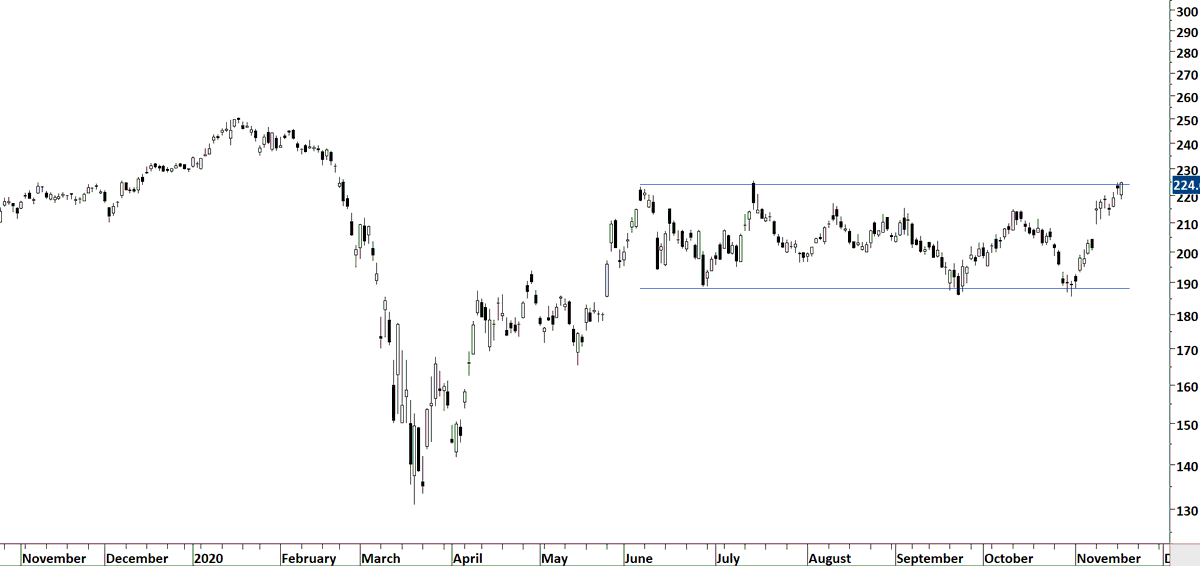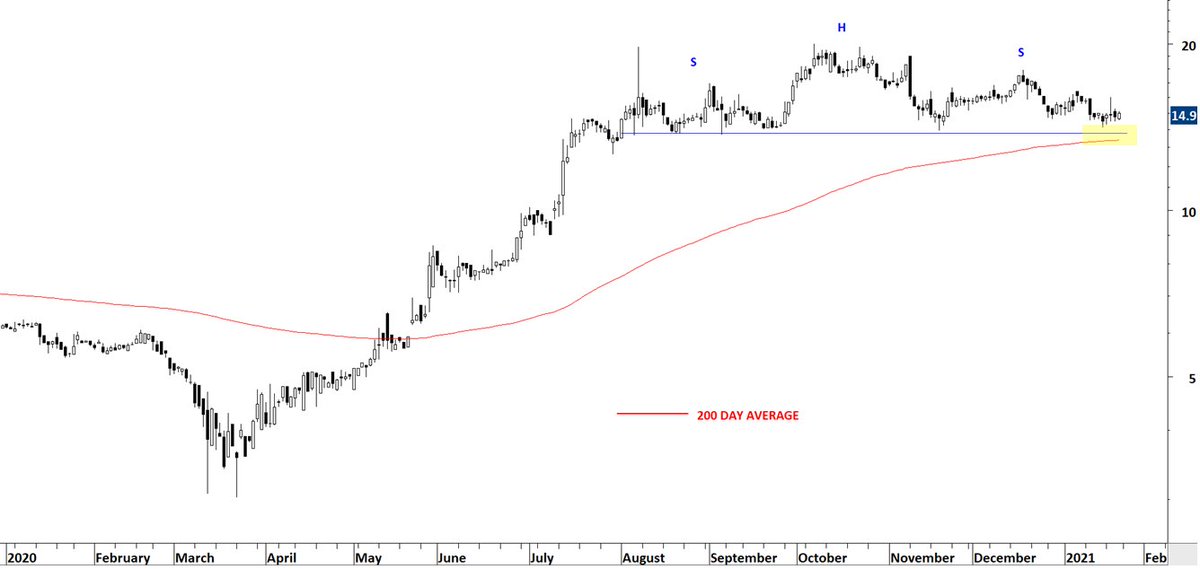
$BTC One last comment on this: Unless you are quick to reverse position, do not trade the breakdown from the recent #symmetricaltriangle looking consolidation. Given that we are very close to the apex, it will not behave according to text-book. (1) 

So what should you look for? What is the sweet spot?
I will look for: If breakdown from consolidation, a possible sell-off and a reversal candlestick around 30K. A doji, hammer, bullish engulfing? If I see one of those I will weigh the possibility of a bear trap. (2)
I will look for: If breakdown from consolidation, a possible sell-off and a reversal candlestick around 30K. A doji, hammer, bullish engulfing? If I see one of those I will weigh the possibility of a bear trap. (2)
If there is a bear trap, given that we are still above the year-long average, that will offer a great entry with a stop below whatever the reversal candlestick can form (BIG IF). Treat with care. We are already few steps away from current conditions. (3)
Breakdown, re-test of 30K and no pulse... No reversal candlestick... Sticking to 30K... We are already below the 30K, then this becomes the sweet spot, to trade between 30K and 20K. (4).
Let us go step by step. But know what to look for.
Let us go step by step. But know what to look for.
• • •
Missing some Tweet in this thread? You can try to
force a refresh












